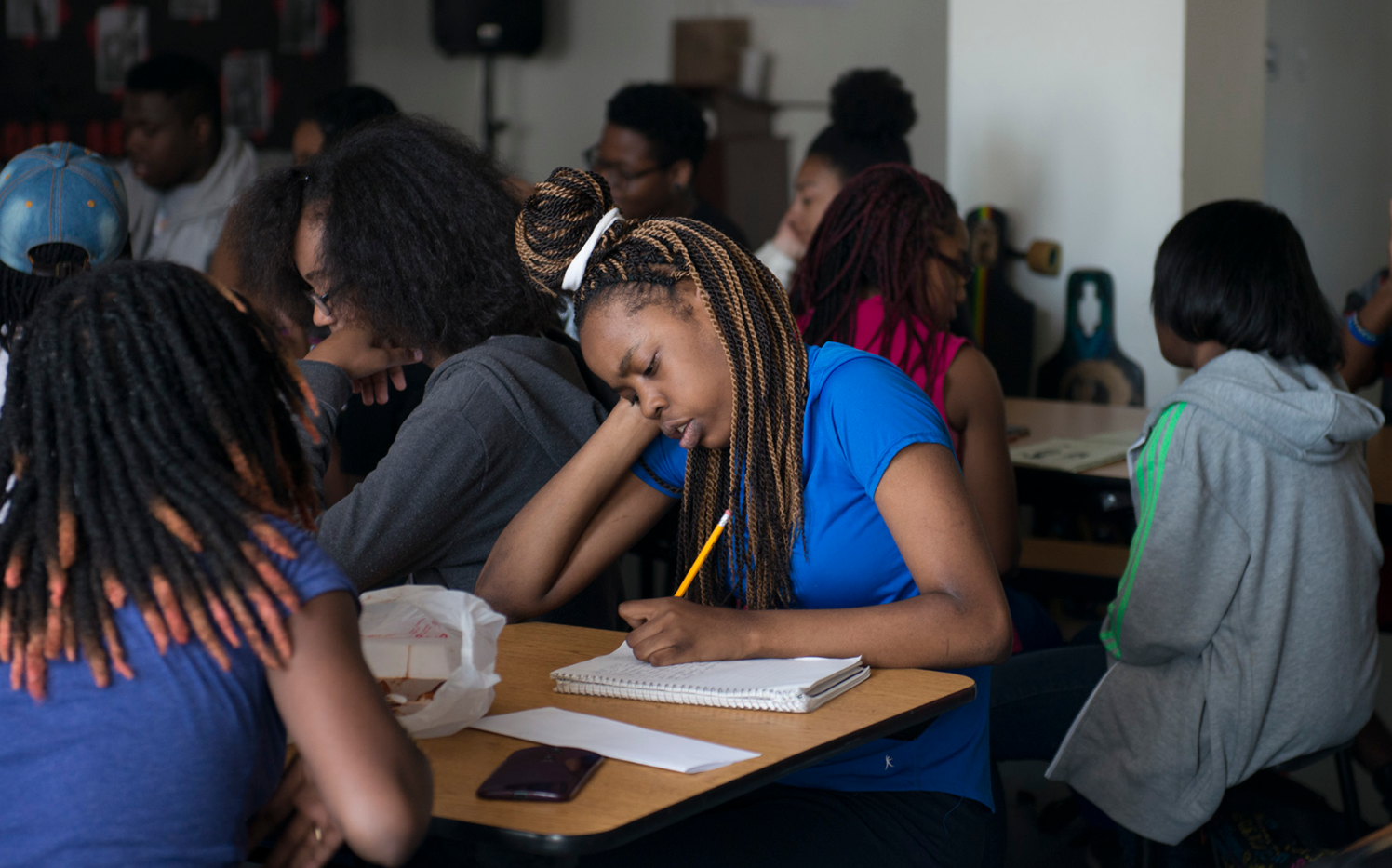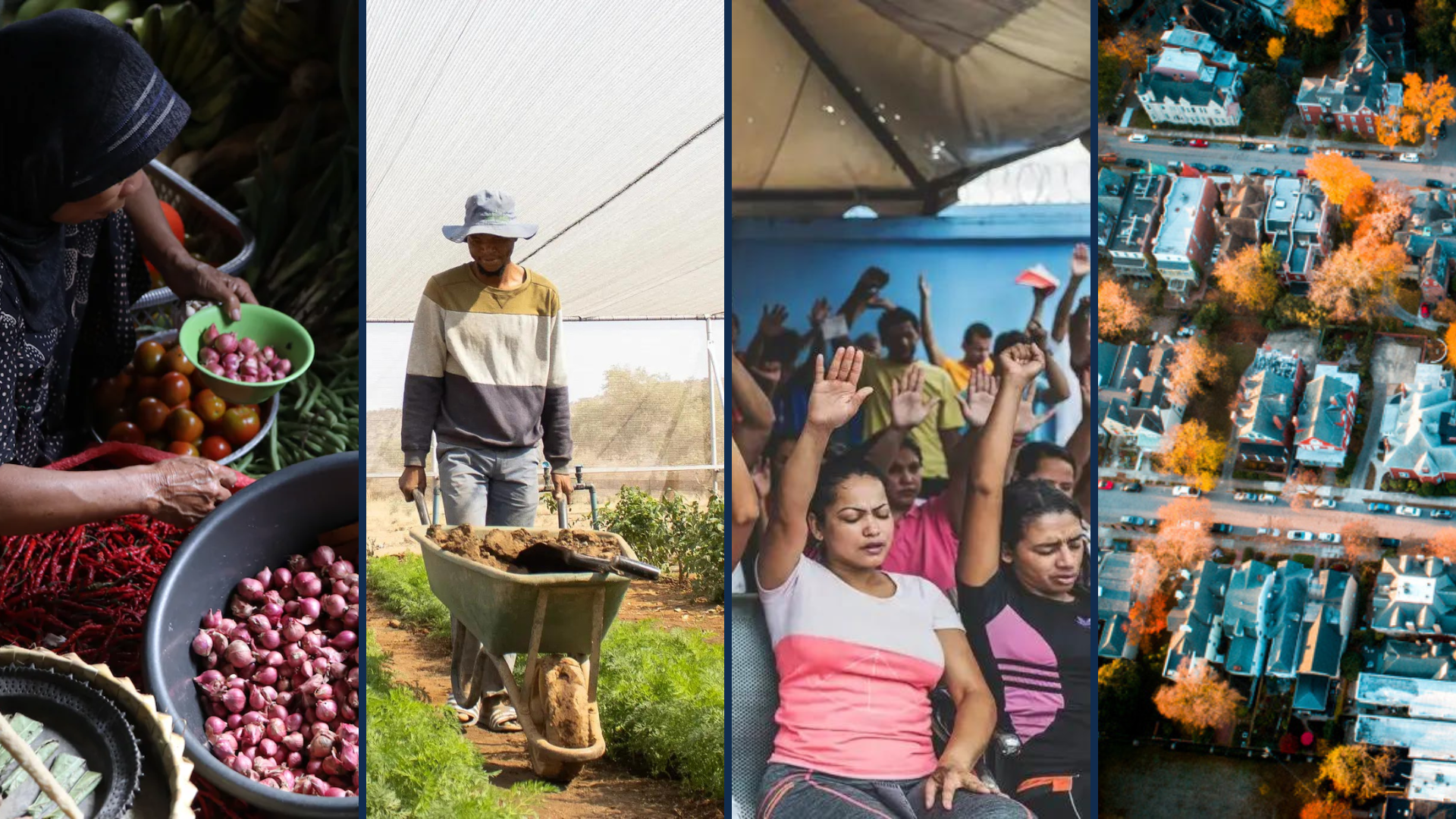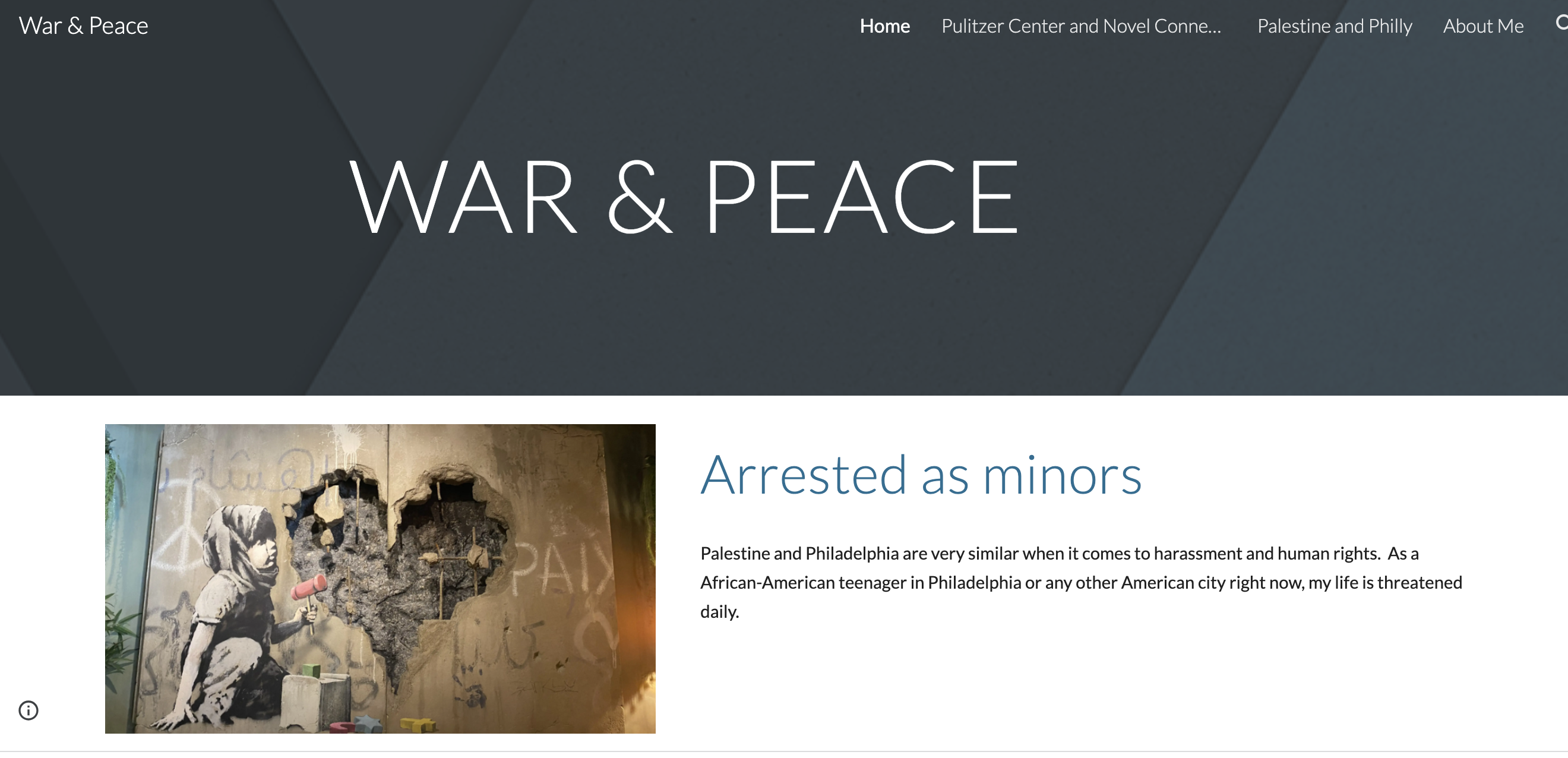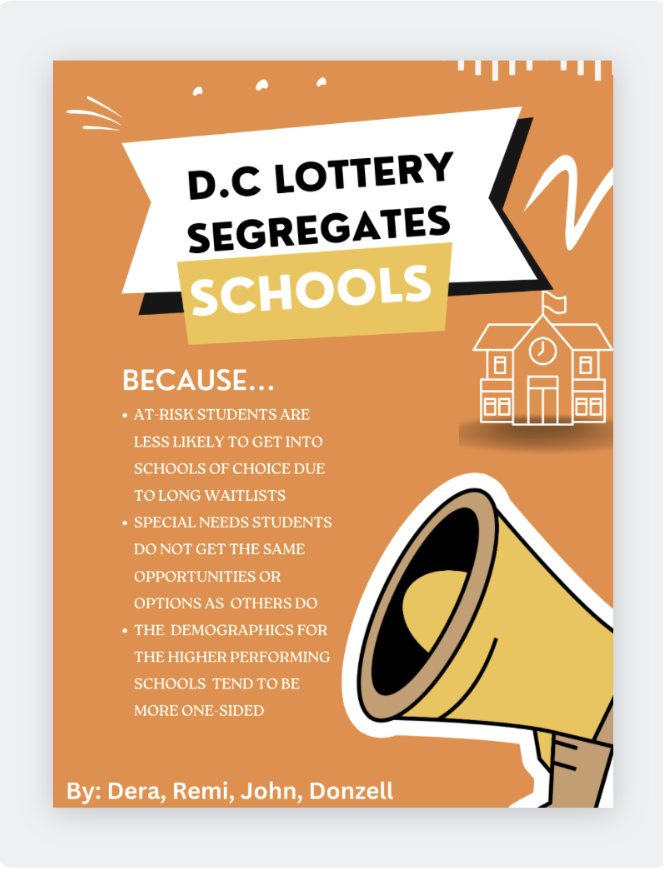Social Studies
-

Students are invited to enter poems written in response to news stories to the Fighting Words Poetry Contest. This workshop guides teachers and students in how to craft a successful entry.
-

Lesson Plans
Fighting Words: Concurso y taller de poesía
Se invita a estudiantes a entregar poemas escritos en respuesta a noticias al concurso de poesía del Pulitzer Center. Esta página incluye directrices del concurso y un taller para guiar el proceso de...
-

Lesson Plans
Reading the News Through a Public Health Lens
Students identify social determinants of health in news stories, examine how health connects to other systemic issues, and apply a public health approach to brainstorming solutions.
-

Lesson Plans
Bringing Stories Home: Exploring Local Journalism
This resource is designed to help students access and engage with quality journalism local to their region and/or state, and to extend their learning through research, writing, and art activities.
-

Students are invited to make their voices heard this election season by writing a letter to their representative that explains the global issue they want to see prioritized. Deadline: November 13...
-

Invitamos a los estudiantes a hacer oír su voz en este concurso escribiendo una carta a su representante que proponga una solución local a un tema global. Fecha límite: 12 de noviembre de 2023.
-

Students analyze news stories about evictions and the housing crisis in the U.S., evaluate housing insecurity in their communities, and create a photo and writing project that captures their research.
-

Lesson Plans
The Journey: My Family and How They Got Here
Students analyze a series of first person narratives of immigrants and migrants and then capture stories of migration from their own family in short documentary films.
-

Students engage with the question, “How does my community relate to the larger global community in the problems that they face?”
-

Lesson Plans
Harmfully Relevant History
Students explore how events from the past influence the present, how rhetoric can be used to inspire empathy, and how journalism/media can be used as a tool for justice and reform.
-

Lesson Plans
What Is the Cycle of War and Peace?
Students engage with underreported news stories, excerpts from books that explore the theme of conflict and peace, and local stories to create a project exploring cycles of conflict and peace.
-

Lesson Plans
The D.C. Lottery System
Students analyze the relationship between race, wealth, and educational access by examining the issue of school segregation in global and local contexts.



















